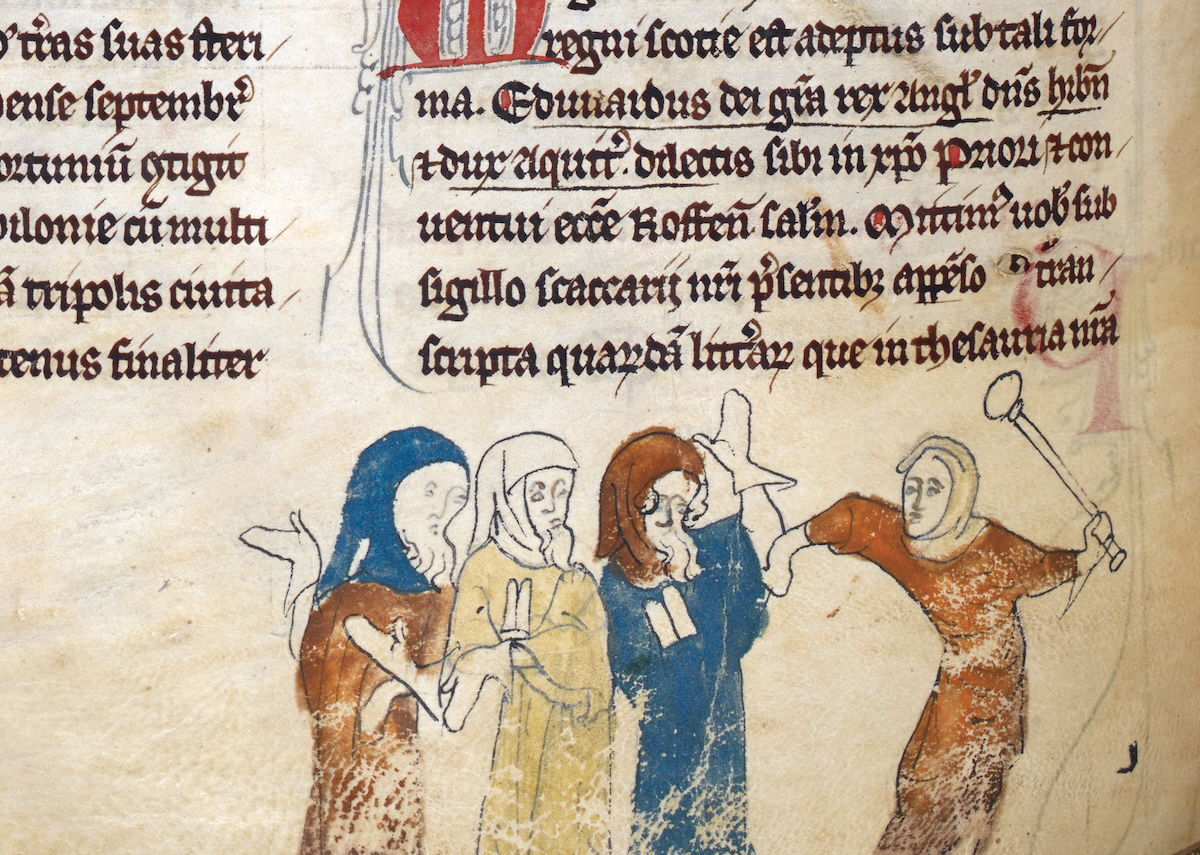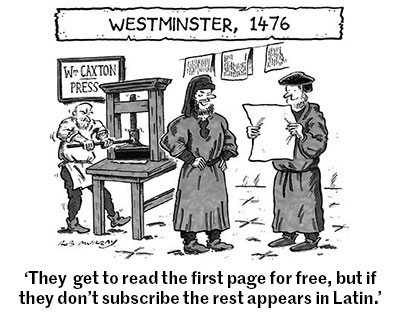The Long Destruction of England’s Jews
The first year of Edward I’s reign saw waves of strictures placed on a medival Jewish community in an already perilous situation. It set the path to their expulsion.

On 2 August 1274 Edward, the eldest son of Henry III, returned to England from the Crusades. He had been gone for four long years and much had happened in his absence. Most obviously, his father had died on 16 November 1272, having reigned for 56 years. Despite Edward’s absence from the country he had been the heir apparent since at least 1254 and there was no question that he would be accepted as England’s next king. Just weeks after his return, on 19 August Edward was crowned king of England at Westminster. Among his new subjects was a community of Jews, numbering perhaps 3,000. Established by William the Conqueror in the wake of the Norman Conquest, the Jewish community originated in northern France and Germany. Until 1135 they were based in London but thereafter began to settle in the south and east of the country. Throughout their time in England, the Jewish population was reliant on the Crown for protection. During the 12th century this was generally a beneficial relationship and the Jews prospered.
